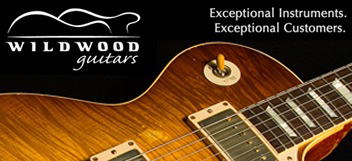golfnut
Active member
- Joined
- Apr 18, 2016
- Messages
- 196
My newly acquired Les Paul Standard plays pretty decent with the factory setup but I'm wondering if I can get a little lower action from it. First the nut slots seem just a little high. I read that the high e string should be 1/64" at the top of the first fret to the bottom of the string. I measured with a stew mac gauge using my big desk magnifying glass. Still kind of hard to see as my eyes aren't the greatest but it looks to be 2/64 (1/32). Just wondering if is a good general height or if I should go for lower. And should I order some nut files and do this my self. I've always wanted to be more proactive in my setups doing things my self. And it would be a shame to take this guitar in for these minor adjustments. I'm really splitting hairs with these slight adjustment wants.
The action at the 12th measures about 5/64 from the top of the fret to the bottom of the string on the low e and about 3/ (maybe 4/64) from the top of the fret to the bottom of the string. That should be easy enough to lower if need be. Are these measurements pretty much in line with how it should be. I compared against my 2 Telecasters that were professionally set up and the numbers pretty much are in line with them. But those guitars are 9.5 radius as opposed to the LP,s 12". I'm not sure if that has anything to do with it though.
The action at the 12th measures about 5/64 from the top of the fret to the bottom of the string on the low e and about 3/ (maybe 4/64) from the top of the fret to the bottom of the string. That should be easy enough to lower if need be. Are these measurements pretty much in line with how it should be. I compared against my 2 Telecasters that were professionally set up and the numbers pretty much are in line with them. But those guitars are 9.5 radius as opposed to the LP,s 12". I'm not sure if that has anything to do with it though.



